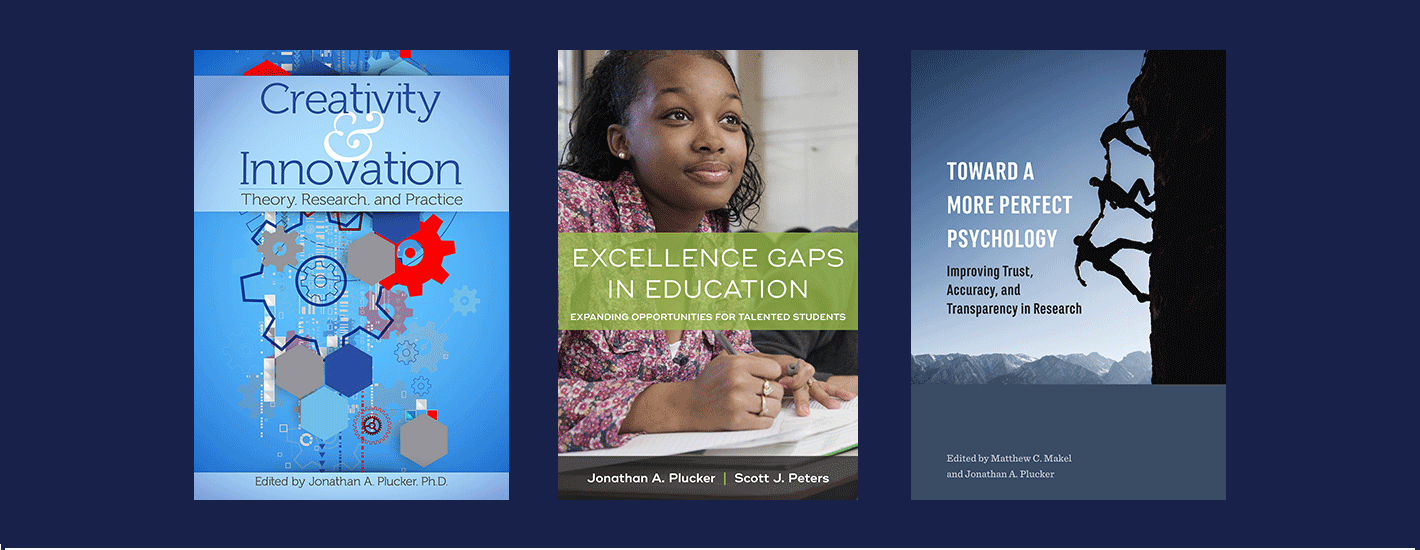What Matters is What’s Measured – Not Who Measures It. With David and Leslie Rutkowski (December 2. 2014),

What matters is what’s measured — not who measures it
By David Rutkowski, Leslie Rutkowski, and Jonathan Plucker
The U.S. is riding the crest of a testing and accountability wave, and the break is nowhere in sight. From No Child Left Behind to Race to The Top, national policies are having a direct effect on our local school systems, giving rise to a $2 billion dollar testing industry in support of federal requirements alone. As part of this testing culture, a complex network of suppliers and customers has emerged: testing companies, states and school districts, companies to prepare test takers, parents who expect good outcomes for their children.
Aside from the national testing juggernaut, international comparative tests have also ascended to prominence in our educational policy conversations. Among these, the OECD’s Programme for International Student Assessment (PISA) often dominates headlines. Approaching its sixth cycle, PISA is a test of math, science, and reading conducted internationally every three years. The results and resulting media coverage are likely very familiar to you: The U.S. is a middling achiever internationally, and if we don’t change our ways, our economy is going to collapse like the Roman empire. Since the 1980s, when A Nation as Risk warned of a rising tide of mediocrity, we’ve been made aware, at regular intervals, of our national educational systems’ underperformance relative to other countries, with dire predictions of the impact on the American way of life.
People can debate whether the flood of international, comparative data is helpful, but we can agree that, because educational systems have historically been locally controlled, international test results have had little effect on state and local educational policies and practices . . . until now. A recent pilot program, run by the OECD and administered by CTB-McGraw Hill, promises local schools the possibility of comparing themselves against top performing educational systems like Finland and Singapore. And the cost? Two hours of instructional time and about $11,500 per school, according to America Achieves.
It’s time to hit the pause button on this endeavor and think carefully about what it means for an international economic development organization to measure and compare our children and to provide policy prescriptions and advice. Are we, as parents and educators, comfortable with letting the OECD — an organization whose primary mission is to promote free-market economic principals — define what is important for our children to know and do to be successful in the 21st century? Are there consequences to handing the reins over to an agency that serves the collective interests of some of our main economic competitors?
In our article, we take up this topic in detail, laying out some of the advantages and disadvantages of participating in a school-based PISA test. We also offer free alternatives that, although lacking the PISA/OECD brand, can provide schools with a variety of information regarding what their students know relative to their international peers. The key for American educators is to focus on what is being assessed and not be dazzled by the assessor.
DAVID RUTKOWSKI (drutkows@indiana.edu) is an assistant professor of education leadership and policy studies at Indiana University. LESLIE RUTKOWSKI (@lrutkowski) is an assistant professor at Indiana University, and along with David Rutkowski is a coauthor of the Handbook of International Assessment (Chapman and Hall, 2014). JONATHAN PLUCKER (@JonathanPlucker) is Raymond Neag Endowed Professor of Education at the University of Connecticut. Together, they are coauthors of “Should individual U.S. schools participate in PISA?” in the December 2014/January 2015 issue of Phi Delta Kappan.
http://pdkintl.org/blogs/learning-on-the-edge/matters-whats-measured-measures/
